Bradycardia
Bradycardia is a medical condition characterized by a slower-than-normal heart rate. Specifically, it is defined as a heart rate that is less than 60 beats per minute in adults. Our ACLS scenario-based practice questionnaire exclusively focuses on Bradycardia. Through these scenarios, you’ll develop a deeper understanding of how to assess and manage bradycardia effectively. Participate to enhance your skills to bradycardia-related emergencies.
Hurry, don’t let time run out! 5 mins 00 secs
2/10
Good try!
Now you can give it another shot9/10

